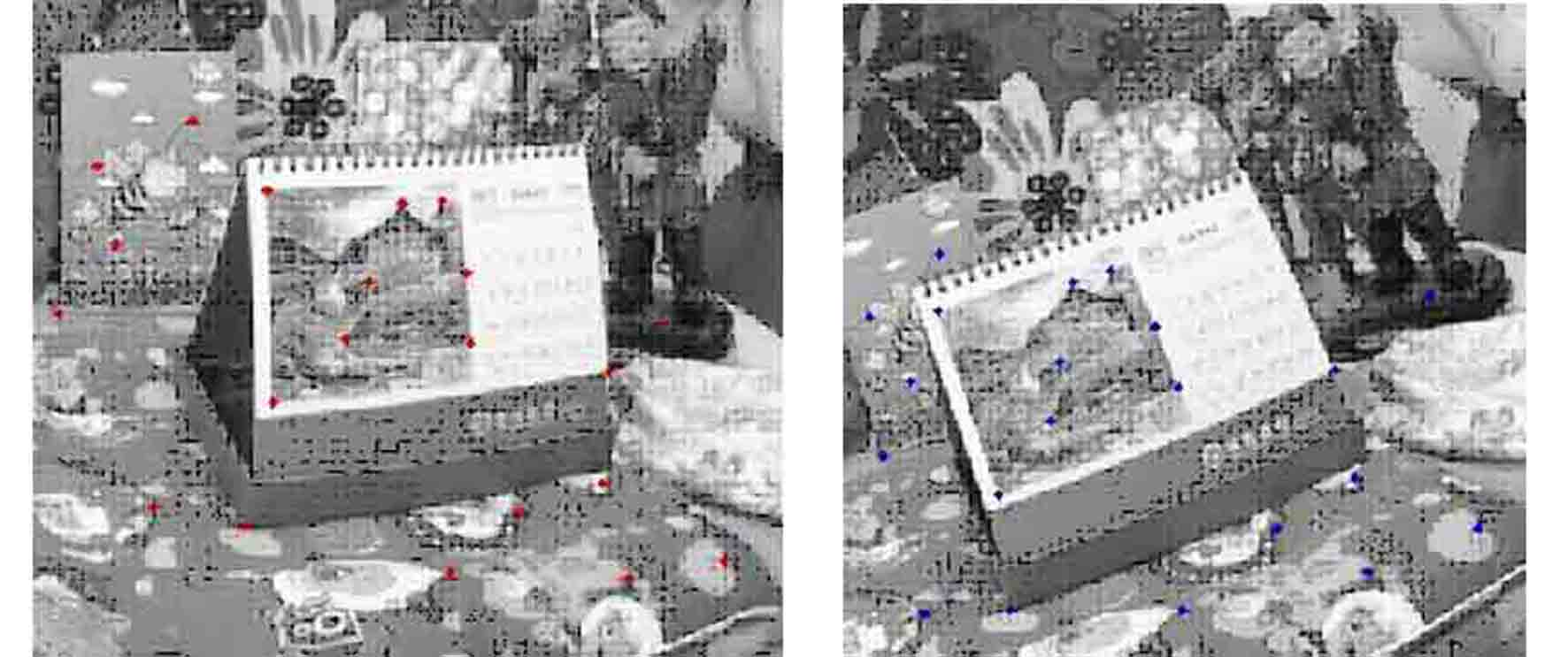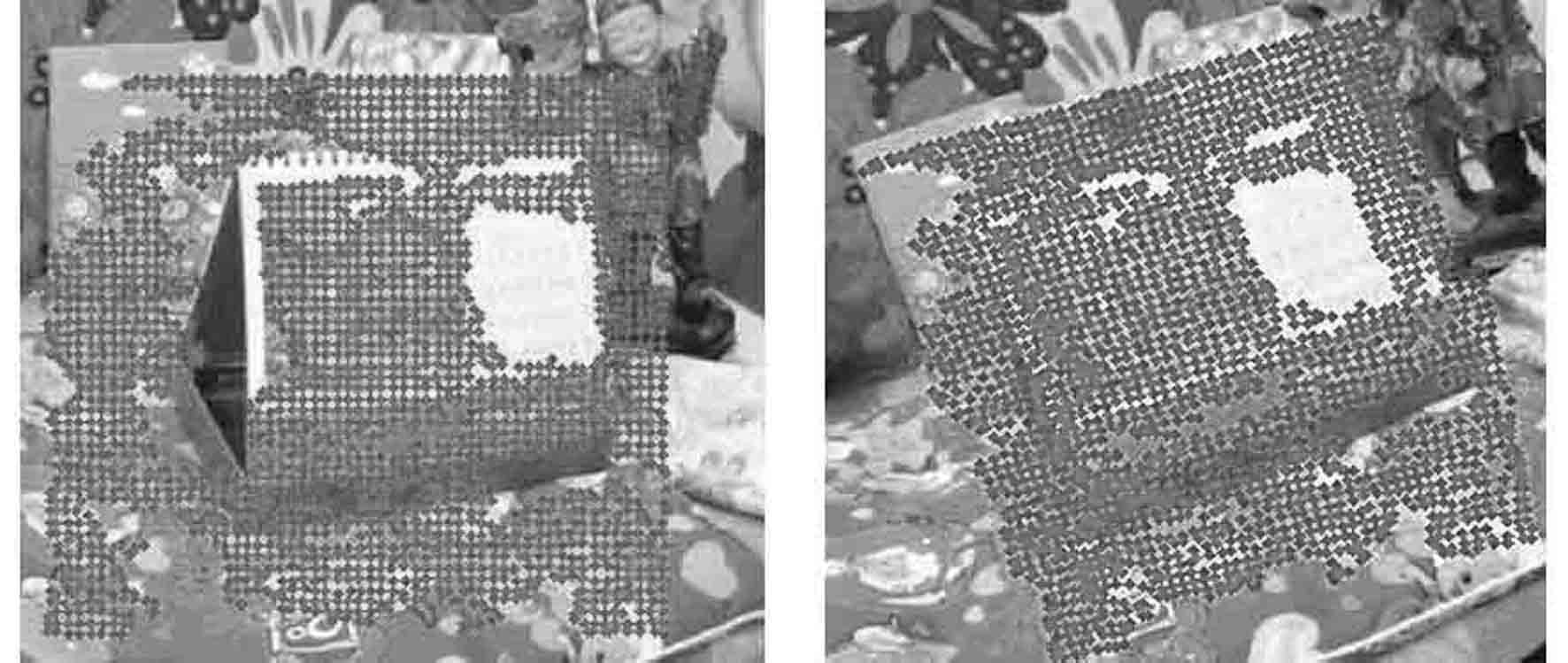Rotary model-based fisheye image quasi dense corresponding point matching diffusion method
A technology of corresponding point matching and fisheye image, which is applied in the field of computer vision, can solve the problems of unstable affine model and unreliable diffusion results, and achieve the effect of stable and reliable diffusion process, flexible use and simple calculation
- Summary
- Abstract
- Description
- Claims
- Application Information
AI Technical Summary
Problems solved by technology
Method used
Image
Examples
Embodiment Construction
[0028] The present invention will be described in detail below in conjunction with the accompanying drawings. It should be noted that the described embodiments are only intended to facilitate the understanding of the present invention, rather than limiting it in any way.
[0029] The present invention assumes that the camera first takes two fisheye images from different positions, and then realizes the matching diffusion of quasi-dense corresponding points through the following steps. The whole process can be found in figure 1 .
[0030] 1. Extract and match feature points of two images
[0031] In this step, many classic methods in the literature can be used to automatically realize feature extraction and matching, such as feature extraction methods based on affine invariants [4] Mikolajczyk K, Tuytelaars T, Schmid C, Zisserman A, Matas J, Schaffalitzky F , Kadir T and Van Gool L.A comparison of affine region detectors. International Journal of Computer Vision, 2005, 65(1-2)...
PUM
 Login to View More
Login to View More Abstract
Description
Claims
Application Information
 Login to View More
Login to View More - R&D
- Intellectual Property
- Life Sciences
- Materials
- Tech Scout
- Unparalleled Data Quality
- Higher Quality Content
- 60% Fewer Hallucinations
Browse by: Latest US Patents, China's latest patents, Technical Efficacy Thesaurus, Application Domain, Technology Topic, Popular Technical Reports.
© 2025 PatSnap. All rights reserved.Legal|Privacy policy|Modern Slavery Act Transparency Statement|Sitemap|About US| Contact US: help@patsnap.com



